Selling to Corporate Fleet Owners
Course Purpose The corporate learner is capable of identifying and making contact with potential corporate fleet owners, providing information clearly and accurately, carrying out presentations of proposals, providing fleet purchasing options, creating and pursuing sales opportunities, agreeing on future actions …
Overview
Course Purpose
The corporate learner is capable of identifying and making contact with potential corporate fleet owners, providing information clearly and accurately, carrying out presentations of proposals, providing fleet purchasing options, creating and pursuing sales opportunities, agreeing on future actions with the customer, and recording details for use in future sales discussions. This unit standard makes provision for the automotive retail industry with special reference to the fundamentals of selling products to corporate fleet owners in the following categories: Light commercial vehicles, passenger vehicles, recreational vehicles, motorcycles, tri-cycles, quad cycles, boats, light and heavy commercial vehicles, agricultural vehicles, and off-road (ATR) vehicles. This online course is designed to equip learners with the necessary skills and knowledge to excel in these areas.
What you’ll learn
Making contact with corporate prospects includes initiating communication to establish a connection. Meeting with decision-makers of corporate prospects entails engaging with key individuals who have the authority to make business decisions. Presenting a proposal/quotation to the corporate prospect involves showcasing offerings and terms. Obtaining necessary approval to conclude the deal is the final step in securing agreement and finalising the business arrangement. In other words, learning how to sell products/goods to the vehicle fleet management of corporate entities.

Duration: 1 Day
Curriculum
Curriculum
- 4 Sections
- 18 Lessons
- 1 Week
- Unit 1: Source new corporate prospectsASSESSMENT CRITERIA5
- 0.0The objectives for a corporate interface are explained with reference to company policy and procedures
- 0.1Corporate prospects in a specific area are identified from referred and non-referred leads
- 0.2Methods to research source leads are described with reference to the identification of related corporate prospects
- 0.3A database of potential corporate prospects is compiled to inform decisions
- 0.4Source leads are listed with reference to possible corporate clients
- Unit 2: Make contact with corporate prospectsASSESSMENT CRITERIA6
- 0.0The most viable purchasing options are established in terms of the corporate prospects’ financial position and in accordance with company procedures
- 0.1Different methods of contacting corporate prospects are explained in terms of pros and cons and research done on the prospective client
- 0.2Company policies and procedures secure an appointment with the decision-makers Information is recorded with reference to the requirements and/or present status of the corporate fleet
- 0.3Company policy and procedures present information on the organisation and products relevant to the corporate prospect’s requirements
- 0.4The financial position of a corporate prospect is established in terms of the envisaged sale and in accordance with company policies and procedures
- 0.5Decision-makers of prospective clients are identified prior to a sales intervention with reference to who can make a purchasing decision
- Unit 3: Present a proposal/quotation to the corporate prospectASSESSMENT CRITERIA3
- 0.0Concerns and objections are addressed in accordance with company policy and procedure
- 0.1Viable purchasing options are formulated and presented to the client in terms of covering a range of financial commitments
- 0.2A sales presentation is compiled according to company policies and procedures within the financial capabilities of the prospective client
- Unit 4: Obtain necessary approval to conclude the dealASSESSMENT CRITERIA4
- 0.1Obtain necessary approval to conclude the deal
- 0.2Proof of approval for the deal is presented in terms of obtaining approval from the prospective customer and own management
- 0.3The terms and conditions for further dealings are compiled according to company policy and procedures
- 0.4Agreement is obtained from the prospective customer to conclude the deal
Requirements
- Grade 12
- NQF Level 4






